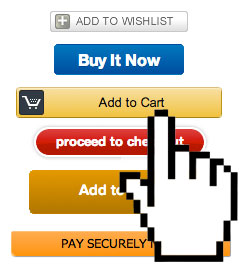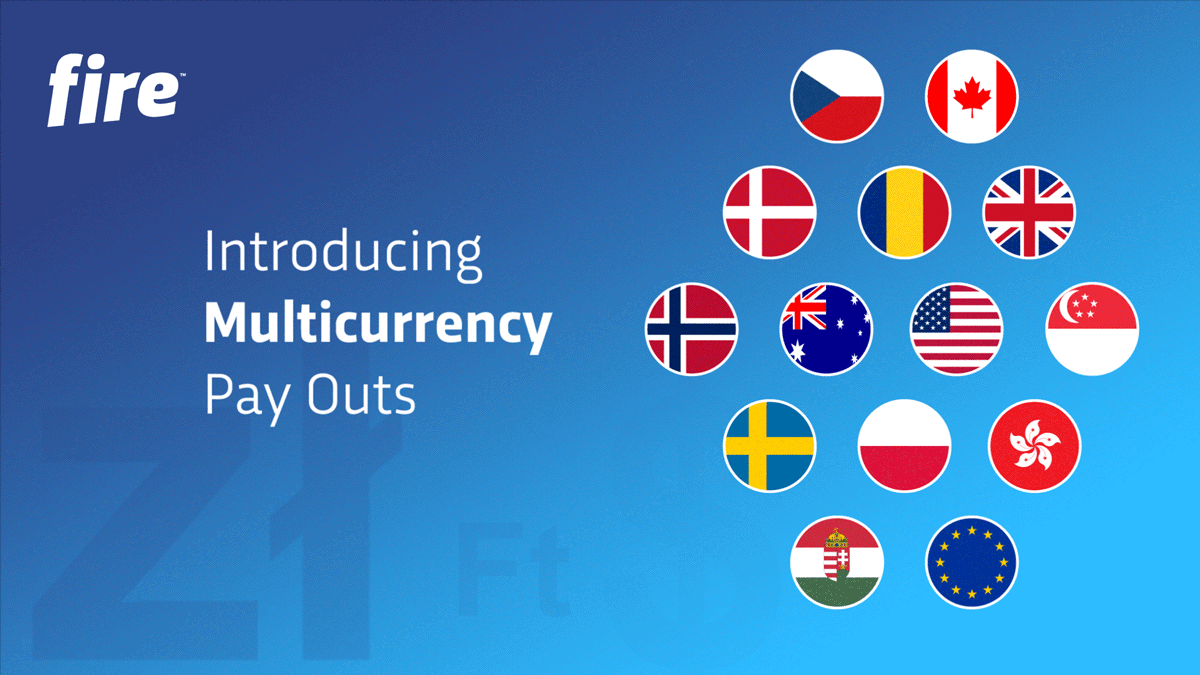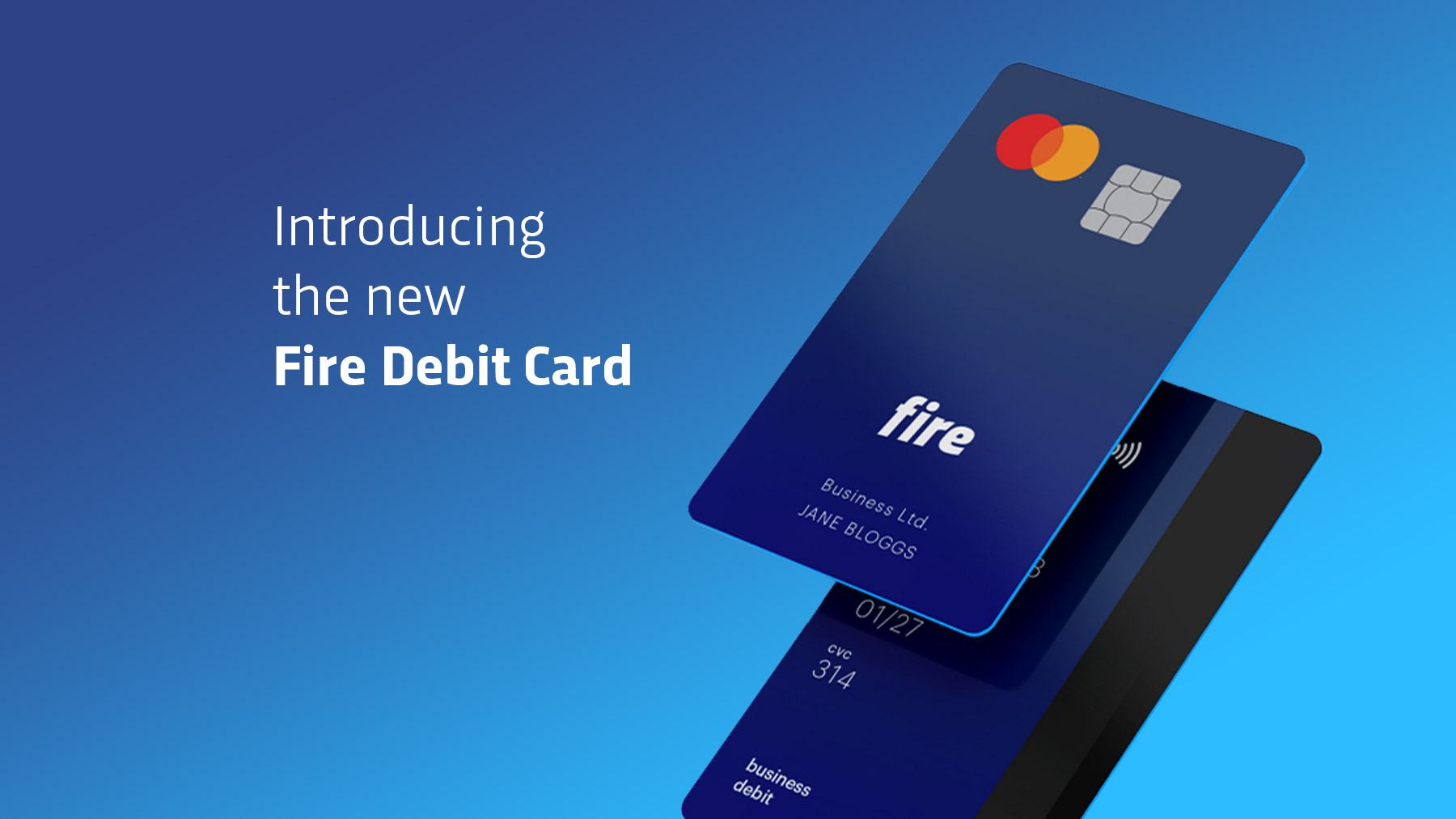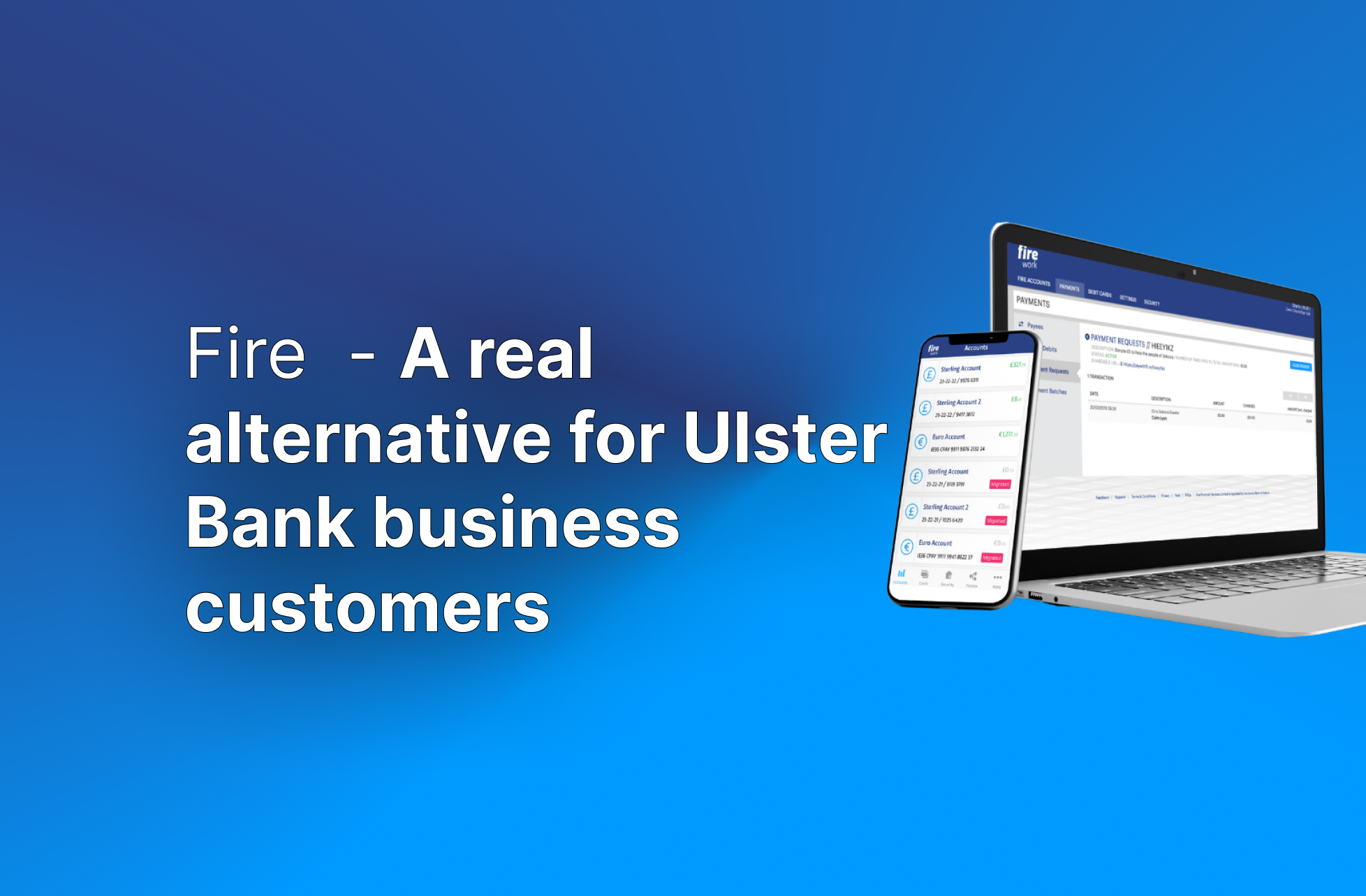How to enhance your e-commerce payment experience and prevent shopping cart abandonment
February 23, 2021
In an online retail setting, cart abandonment is when a shopper shows interest in a business’s products or services by adding items to their cart, but do not complete the purchase. Cart abandonment rate is calculated by dividing the total number of completed transactions by the total number of opened carts. Currently, the average cart abandonment rate is 69.57% across e-commerce industries, meaning almost two thirds of considered purchases are not completed.
With such a large percentage of potential purchases abandoned, e-commerce merchants are continually seeking out new ways to reduce abandonment and increase conversion. The good news is that some of the most effective fixes are simple to carry out. Here are five strategies you can implement quickly, to help minimise your website’s cart abandonment rate, simplify your checkout experience and boost your bottom line.
1. Reduce user experience (UX) complexity
To help your customers find their way, you should ensure your website’s end-to-end customer journey is streamlined with effective navigation guides. A/B test the colour and placement of call to action (CTA) buttons and experiment with different graphics, product images and designs in order to determine what combinations yield lower cart abandonment rates.

A range of CTA buttons of different sizes using different fonts and colours. (Image source).
Look to minimise the number of clicks required to reach the end of the customer journey. Once the shopper is in the cart and has indicated they want to buy, the information they are presented with should encourage them to continue with the payment journey. Consider limiting the buttons or links that route to other parts of the website during the final part of the payment flow.
2. Offer multiple payment options
Have you ever gotten to the checkout on a website, filled in your address and details only to discover you can’t pay, as the retailer doesn’t accept your preferred payment method? A recent article in Forbes notes that out of 1,799 of online shoppers surveyed, 8% admit to abandoning a shopping cart because there weren’t enough payment options (2019).
E-commerce merchants can avoid losing customers by diversifying their payment acceptance methods. One way to achieve this is by adding Open Banking or ‘Pay by Bank Account’ functionality to your e-commerce payment page.
Open Banking is a new way to accept payments than can be used to supplement card payments. The customer is redirected via the shopping cart to pay directly from their mobile banking app or online bank account. There’s no data entry (such as card numbers or IBANS) required, payments settle quickly (typically within six business hours), fees are typically low for online retailers and it is more secure than other ways to get paid. Open Banking providers such as Fire are integrated with every major bank account provider in the UK and Ireland, meaning shoppers with access to an online bank account will be able to pay directly from their banking app. Open Banking payments can also be integrated with existing e-commerce systems for a fully integrated payment, reconciliation and returns process.
For further insights on optimising your e-commerce strategies , our Business Banking FAQs can provide comprehensive answers and guidance. This resource is tailored to help businesses navigate the complexities of digital payments and enhance the efficiency of their financial operations.
3. Simplify the payment authentication process
Recent changes to Strong Customer Authentication (SCA) mean online merchants are now responsible for ensuring payments made on their website are authorised and authenticated as per the European Union’s Regulatory Technical Standards. This means that if you want to accept payments online, you need to build additional authentication into your checkout flow. The additional authentication must be two of these three identifiers: something the customer knows (i.e password), has (i.e: mobile app) or is (i.e: biometrics).
Some payment methods, such as Open Banking, have a simple SCA process as the authentication forms part of the payment flow. For card payments, authentication may involve the shopper being temporarily redirected away from the payment flow to receive a numerical code via SMS or being asking to open their mobile banking app to approve the transaction. This can add friction to the payment experience and potentially increase abandonment rates.
4. Experiment with hidden cost pricing and transparency
Shipping costs and fees are an essential part of online shopping and significantly affect conversion rates. Delivery options, including carriers, delivery times and shipping costs all affect whether a customer proceeds through to checkout. According to Statista, in 2018, 63% of online shoppers abandoned their carts in 2018 due to high shipping costs. Furthermore, in a 2020 study by BayMard Institute spanning several years of statistics, extra fees like shipping were the top reason shoppers called it quits on a purchase. To avoid cart abandonment due to hidden costs, you may wish to experiment with incentives such as free delivery above a certain transaction value. Or if incentives are not profitable, consider being upfront with hidden costs at the start of the customer journey to increase the quality of your leads.
5. Collect regular feedback
One of the most important strategies to reduce cart abandonment rate is a corrective feedback loop. This doesn’t have to be complex and could include a short survey sent to a GDPR-compliant list of customers who have previously engaged with your products and services to find out how they found your website’s end-to-end UX. When it comes to designing an effective and delightful customer journey, you will never get it right first time. It’s all about iterative improvements, regular feedback and rapid testing.
Shopping cart abandonment is a major source of potential revenue loss across the e-commerce industry, however by making a few simple changes to your customer journey you can lower your website’s rate with relatively low effort. By reducing the number of clicks in the buyer flow and cutting complexity in design where possible, the proportion of leads that convert may naturally increase.
A key consideration is the payment page – it’s important to have a range of payment acceptance options available and ensure payment is as frictionless as possible. This could be achieved by adding Open Banking payment functionality to your checkout, giving online banking customers in the UK & Ireland the ability to pay quickly and securely with no clunky authentication process.
Online retailers may also benefit from testing with hidden cost transparency and incentives and implementing corrective feedback loops to inform continuous improvement.
Getting started with Open Banking
You can try out accepting payments by Open Banking on your website by opening a Fire Business Account today with no set-up cost or fixed fees. Once your account is live, simply generate Open Payment Request Links in your account manually and use them to invite your customers to pay with an account-to-account transfer. Use the links to create website buttons, QR codes, social media ads and more – the payment request is a URL so when it comes to presenting it to your customers, there are many options.
Fire also has a full API, so Open Banking payments can be integrated with existing systems and automated in, out and reconciled as required. Out-of-the box options, such as Shopping Cart Plugins for e-commerce platforms like WooCommerce are available to make integrating Open Banking payments simple, with no extra development required.
About Fire
Trusted. Digital. Payments.
The Fire Business Account helps businesses of all sizes access payment services and automate payment processes. With our technology, API and regulatory licences, Fire delivers solutions that make payments faster, more cost effective and secure. Discover our payment platform at fire.com



